A painting depicts what words can’t say! More profoundly, painting is one of the best means of letting go of all the negative emotions such as anxiety, stress, tension, and much more. However, it can be a serious business for you if you are an artist by profession. Often, newbie artists commit mistakes initially. However, with help, you can get the best paintings whether you are a beginner or an expert. One thing a budding artist should know about is mixing colors! Are you doing it right or wrong? Well find it out from the Tips & Techniques for Correctly Mixing Color to make Better Oil Paintings.
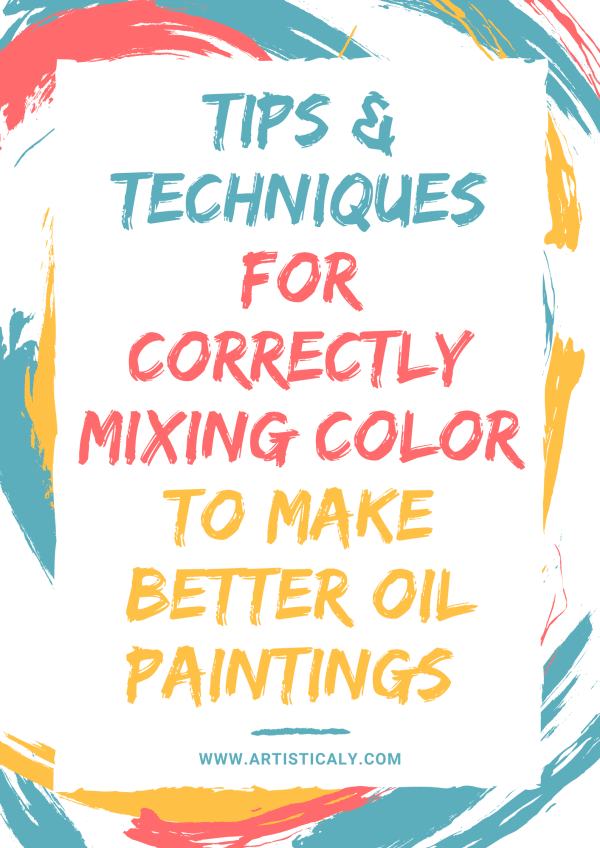
Tips & Techniques for Correctly Mixing Color to make Better Oil Paintings
Being a beginner to something that you always wanted to try can be frustrating if you get the first step wrong. The first step being mixing of colors. Oil painting can be tricky! If not handled well, you can make the biggest disaster out of it. Therefore, you must know these teensy details about it.
Let’s take it from the top…
If you are starting oil painting, you must gather your supplies first. You will need -
- Oil paints
- Paper towels
- Brushes
- Medium
- Mixing palette (preferably white)
- Palette knifes
Always use the palette knives to mix colors. Reason - because it mixes colors effortlessly well.
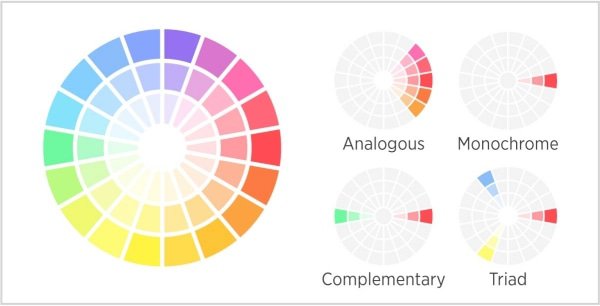
Oil paints
You will require the oil paints in the basic color scheme. This includes the RGB (red-green-blue) paints and you can have a few shades. A list of colors that you must have is mentioned below -
- Bright yellow
- Yellow ocher
- Red
- Blue
- Sap green
- Titanium white
- Ivory black
- Umber
These colors are a good collection if you are going to try a hand in painting for the first time. Mixing them well is thus necessary for a perfect painting.
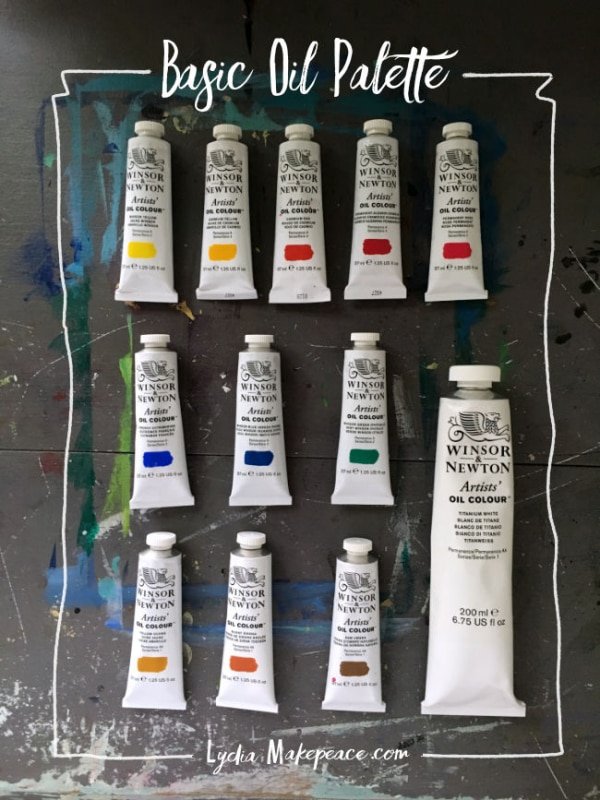
BASIC MIXING TECHNIQUES FOR OIL PAINTS
Before you go ahead with mixing colors, you must know the basic shade chart of colors. There are three primary colors namely
- Red
- Blue
- Yellow
It is important to know that you cannot make these colors by mixing any other colors hence they are called primary colors.
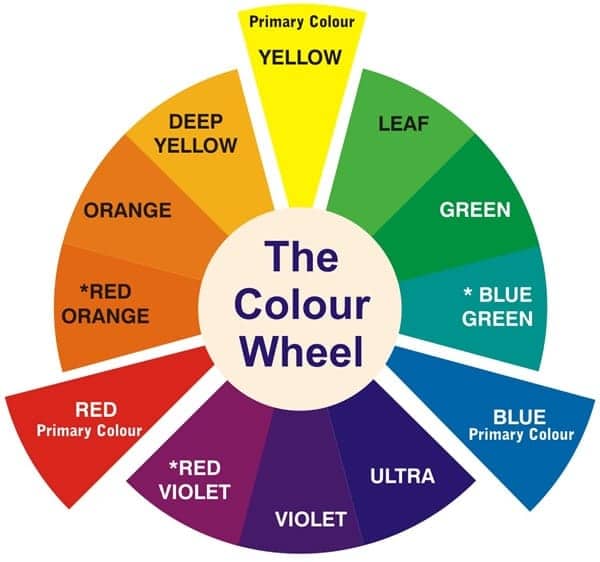
Further, there are three secondary colors namely
- Orange
- Green
- Violet
These colors are the outcome of mixing the primary colors.
Now, your oil paint box will have some basic colors that we have mentioned above. Take a big blob of each color on the top of your palette.
Since oil paints take time to dry unlike the acrylic colors that dry fast, you can have these colors placed on your palette from the beginning.
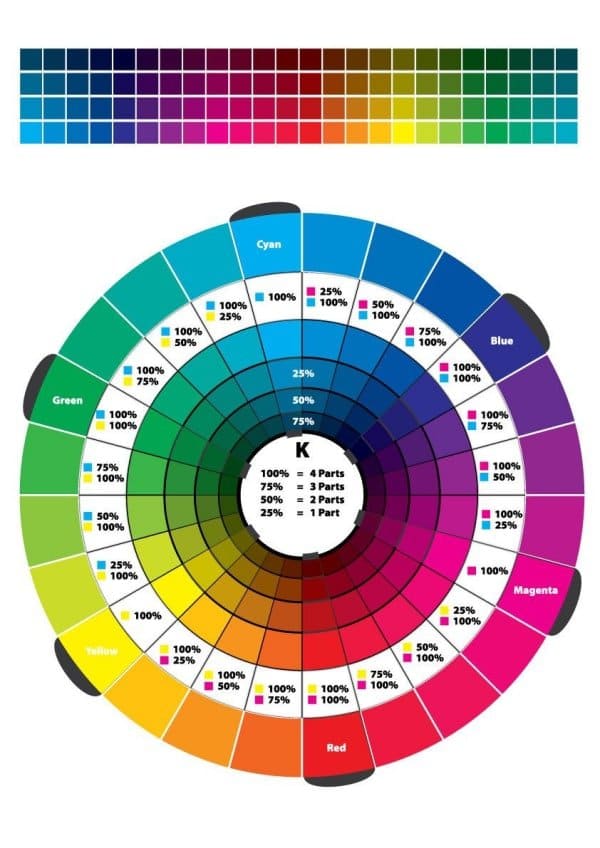
Now, having said that red blue and yellow are primary colors, it roots to the fact that no other color combination can make these colors or most of the colors are made by a combination of these colors. However, if you look at the CMYK model of color, you can see that the combination of magenta and yellow gives you a red color. Similarly, a combination of magenta and cyan gives you blue color. However, these colors are usually not used in painting directly. Hence, they are usually not given in a basic oil paint set. This makes us rely on the age-old red blue yellow color model to mix colors.
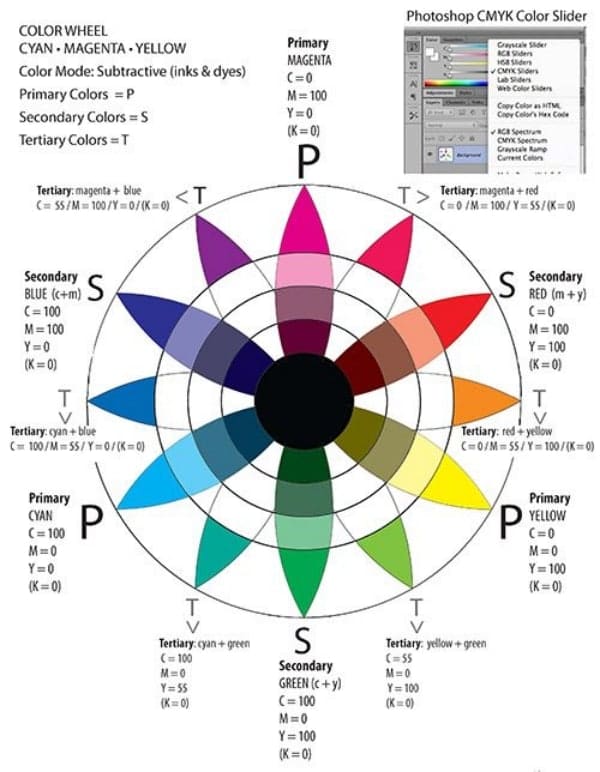
Let Us Now Start With Mixing The Colors
If you are a beginner, you must start with experimenting on how the colors turn out after you mix in a different amount of same colors.
For example;
- 50% red + 50% yellow = Tangy orange.
- 70% red + 30% yellow = Dark orange.
Similarly, you can try a different amount of colors and see what it turns out to be.
If you want to have a lighter shade in a color, add in titanium white to it.
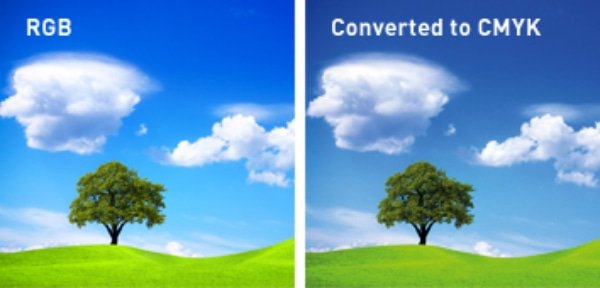
Experiments with Red
Red is a warm color. Most of the colors that lean towards the warmer tone have red in some quantity. For a landscape painting, you often need hues of red or some shades having red in it.
Mixing red with sap green will give you brown color.
Similarly mixing red with blue will give you purple
For experiment purposes, you must mix in random colors in red and see what the resultant color turns out. Similarly, try mixing different shades and to see what colors are made. If you are a beginner, you must note down the color combinations so that you can use it in your next painting attempt.
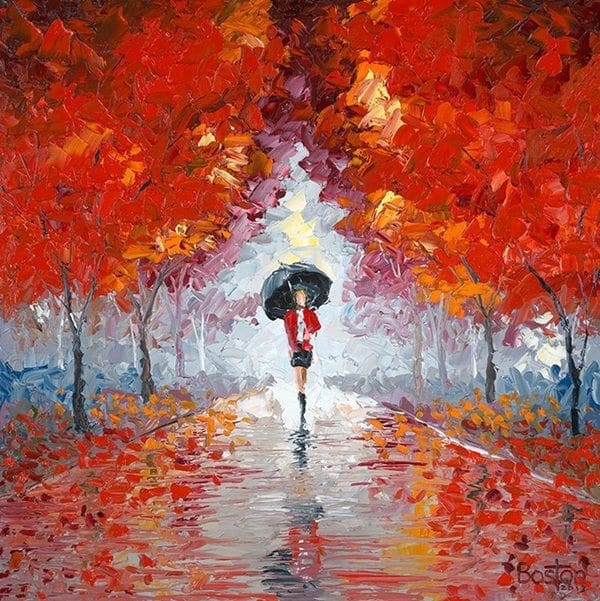
Shade Transitions of the Same Color
If you are transitioning the shade of a color from a darker shade to a lighter shade by adding titanium white to it, go in for circular motions. Moreover, drag these circular motions down so that you get a nice variation of shade from dark to light of the same hue. This is called color streaming and it is very useful while you do the detailing in the painting.
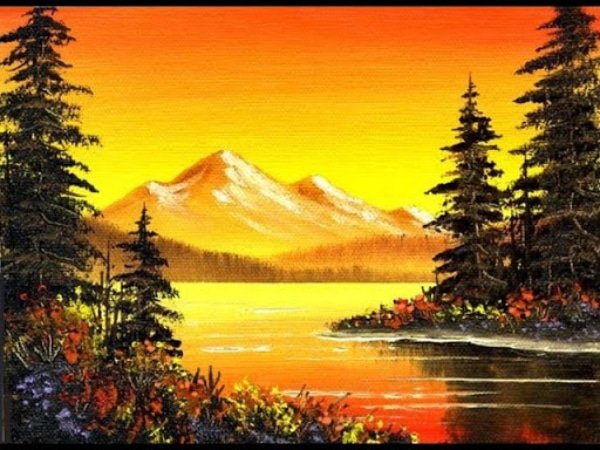
Mixing Color for the Sky
Often people make mistakes while mixing colors with black. For example, while painting a stormy sky, one will surely take blue and add in a black color to get a shade for the dark stormy sky or perhaps some rocks. However, when you add a white color to the mix for the highlighting purpose, you end up getting a non-vibrant shade mostly a dirty green hint to it.
To get a vibrant look to the stormy sky, add a small amount of red to the color and mix. This will give a deeper effect on the painting.
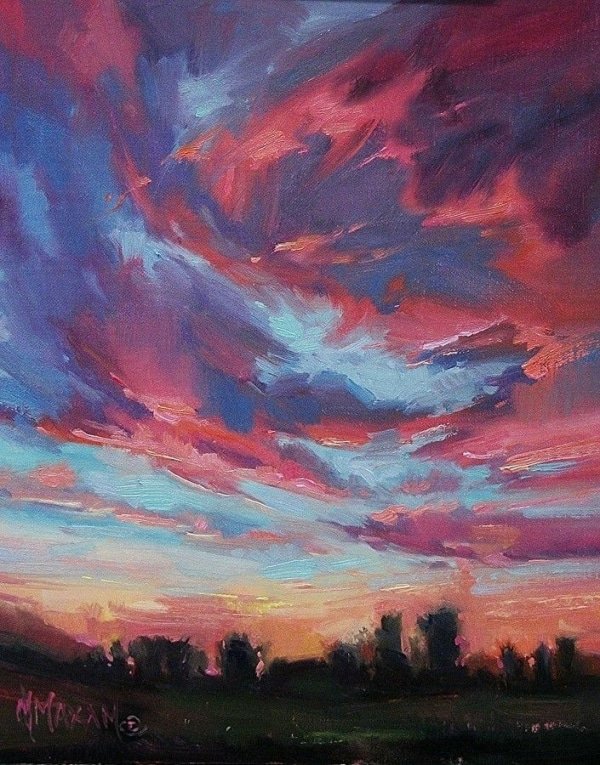
Painting the Trees
Another thing that you must keep in mind is that while painting trees go for the original sap green color and add white to it if you want to have lighter shade in it. The earthy color makes the trees look more natural. Avoid making green by yourself for the trees. You can, however, mix yellow and blue and then add white to it to make an enchanting emerald green color.
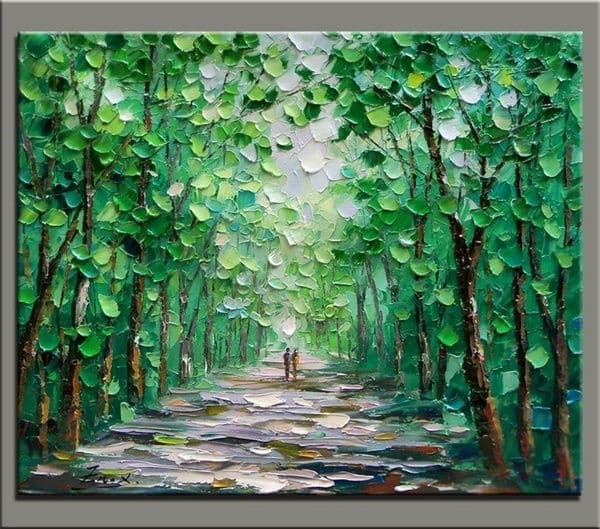
TIPS TO MAKE BETTER OIL PAINTINGS
- Oil paints can be opaque or transparent. For the transparent ones, you must initially under paint the painting. This is done by painting a coat of darker shade of the color or a neutral shade as the base color over which the desired color is painted. This will add depth to your painting.
- To intensify the color you can add a layer of transparent paint over the opaque paint that is already dried. This brings out a natural look to the painting especially when you do a portrait painting.
- Since it is oil paints don’t dilute with water, using a medium will help you play with the consistency to add effects to your painting.
- Use a palette knife to mix basic shades so that they mix well. However, while painting, if you need to mix two colors that are already mixed (the primary colors) then you can use a ¾ flat brush to mix them quickly.
- You must add in medium to your paints to get the desired consistency. However, to have a proper creamy texture of the paints, make sure that you add the medium part by part and keep checking the consistency.
- Keep in mind the intensity of the pigments of your paints. If the pigments are intense, it can be difficult to highlight the painting after the underpainting is done.
- While using the palette knife for mixing two colors to form a new color, stoke the knife as you apply butter on bread and then in circular motions. You can also collect all the paint on the knife and put it back again on the palette for mixing it better.
When you are done painting, do not flush the paint down your drainage. This is harmful to the environment and illegal as well. Instead, store the water and give it to the local water-cleaning department in your area. Make sure you also clean your brushes well before storing them